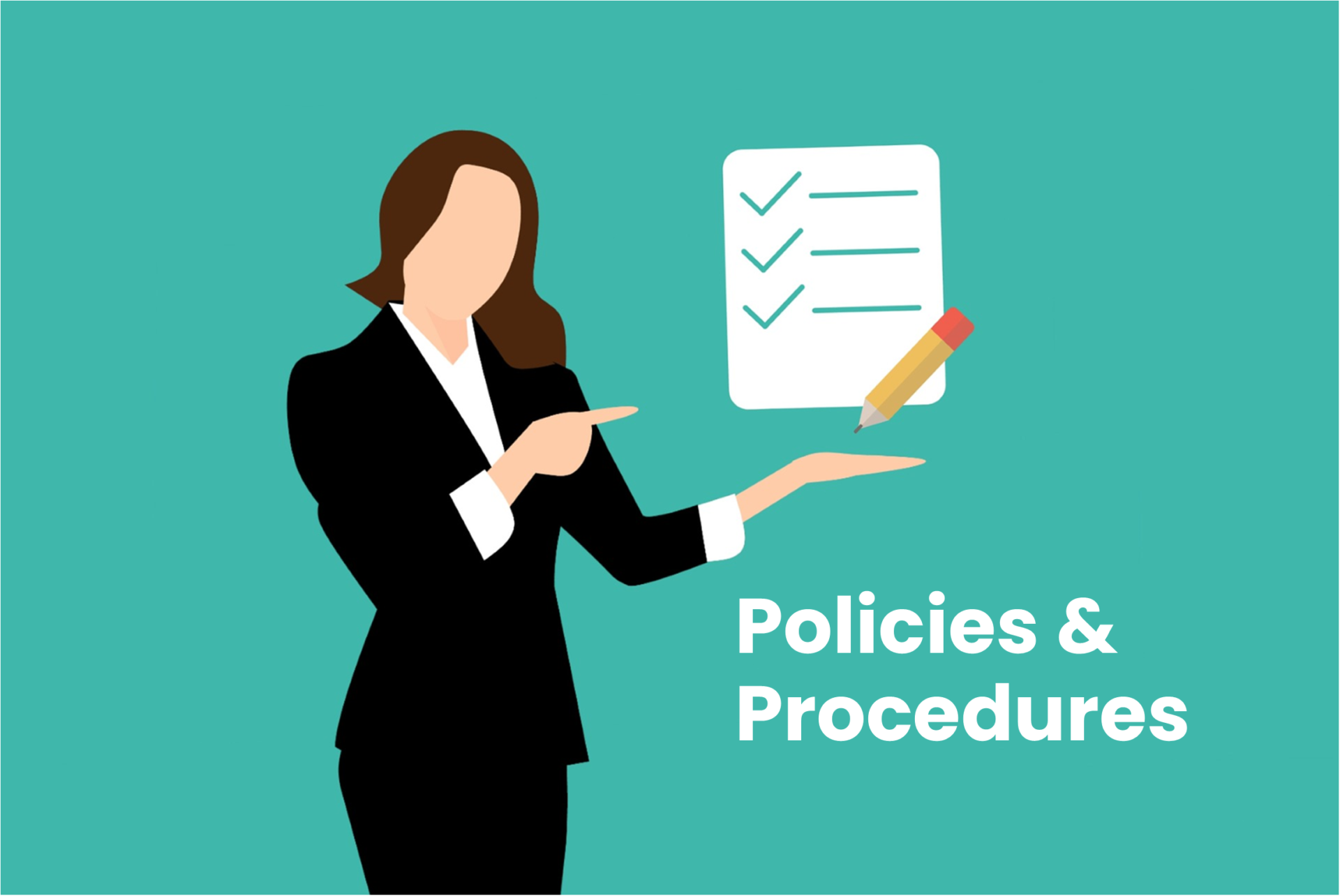Regardless of size, all companies have specific protocols, procedures, and policies that help them maintain order, consistency, and quality. In the real estate industry, most state Occupational Codes will require a brokerage to have a written operating policies and procedures manual that they provide to the agents. It’s all part of the broker’s supervisory responsibilities.
If you don’t have a written manual, you may be overwhelmed at the thought of creating one. What should you include? How should you lay it out? Do you need to provide a printed version, or can you send it electronically? Over my years in real estate, I have come across many well-thought-out P&P manuals. The major takeaway is that you will find it easier than you anticipate to create. This document can help put out fires, settle disputes, and provide a roadmap for day-to-day operations. Agents will know what’s expected. Your manual can also ensure that your company complies with laws and regulations. The most important benefit of having a written P&P is that it will guide you in decision-making and ensure your internal processes are consistent across the board.
Now that I’ve convinced you that having a P&P is a good thing, what type of items should you include in this document? Here is a suggested topic list generated by Gail A. Anderson, Esq. for an article she penned in the MichiganREALTOR® Magazine (Nov. 2021 issue). Watch for items unique to your company, such as company-generated leads or floor time requirements. A couple of things I would suggest including in the manual would be:
- Commission Adjustments. When, under what circumstances, and how can an agent deviate from your company’s commission policy? When I review agent productivity with owners and managers, I typically include the average commission percentage each agent is generating with their closed transactions. Owners/managers may be unaware of the overall low rates some agents offer to their clients.
- Agent Safety Protocol. How real estate agents conduct business can make them vulnerable to high-risk situations. Have you established an agent safety protocol to help agents keep themselves safe? We take for granted sometimes that agents are always vigilant, but that isn’t always the case. Take time to create and implement an agent safety protocol and make sure Agents, Staff, and Management review it multiple times throughout the year. A future Spark & Logic blog will cover this topic in more detail.
Keep in mind that your manual should be updated periodically. This document is meant to be fluid. You don’t want obsolete information included. One manual I reviewed recently mentioned two items that were no longer in use at the company: a key checkout and return policy and a requirement to use a facsimile machine to transmit offers and other legal documents. You want this document to be taken seriously; therefore, establish a regular review schedule that includes a team comprised of the following positions: Agent, Support Staff, Manager, Responsible Broker, and Owner (if not the RB).
If you have questions, your local Board of REALTORS®, your state association, and the National Association of REALTORS are all excellent resources. The takeaway is that if your company doesn’t have a manual yet, you are encouraged to take that step. Remember, you can start small and expand. The important thing is that you start.

